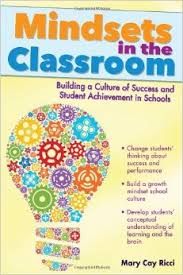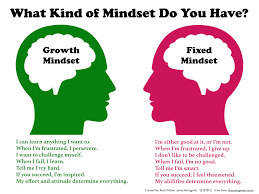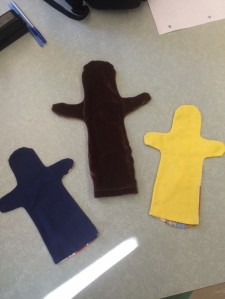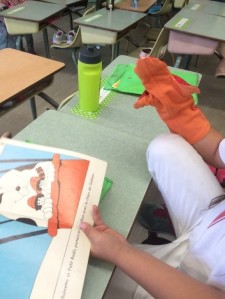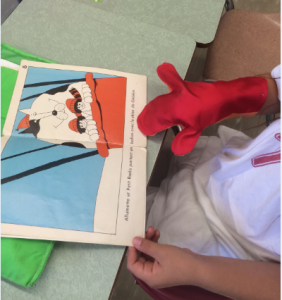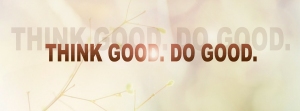Teaching time really is precious. When we look at the hours in the school day, there is really so little time with the children we are given for the year.
I have started thinking hard about the time wasters in the classroom. I have looked carefully at the Two Sisters for Daily 5 and Daily Café and Fountas and Pinell for The First Twenty Days. The idea of working smarter not harder really grabs me. Years ago, Harry Wong had a lot to say about it as well in his book The First Days of School. No matter whose style you prefer the message is the same. Teach the procedures you need to teach from day one.
The basic non-instructional routines which take up so much time must be taught, reinforced and reviewed until they become habits. Make sure students know what they are supposed to be doing and why. Teach them where to go when they need help. If you start the year this way, really reinforcing the habits you want to see there will be so much more learning. The classrooms I visit where the teacher and students alike are least stressed and happily learning are the ones where these routines are firmly established from the first day and practiced over and over again. Both the Daily 5 and The First Twenty days have mapped these out in clear, easy to use formats. All the models I have looked at give the same message. To be engaged, students must feel that they have some control over their learning. They must also see themselves belonging in their classroom. The classroom belongs to everyone, not just to the teacher.
This summer I read the series not this but that. One of the books, was about time wasters.
I really like the idea of CHAMP planning for daily tasks : (A planning tool for procedural routines from No more sharpening Pencils During Work Time by Brinkerhoff and Roehrig Page 53 )
| Conversation-Can students talk to each other? When? How loud? To whom?Help-What do students do if they need help? Who and how do they ask?Activity-Exactly what will students do? What will the end project look like?Movement: What type of movement is permitted? What will the movement look like?
Participation-What does the student behaviour look like while they are all participating? |
The authors give suggestions of possible procedures you might wish to clarify-care and storage of materials, morning entry, what to do when there are needs (bathroom, questions, water…) transitions, one that was always of concern to me coming back from recess.
The main idea being that the routines focus on objectives-not busy work and more wasted time. The key word being ACCESS
- Authentic tasks relevant to the learner
- Collaboration with other students
- Challenging tasks
- End product understood by students
- Self directed
- Sustained Learning
When you are planning your CHAMP think about the ACCESS you are giving students.(For example: silent reading at morning entry, versus colouring sheets)
If you think “I don’t have time to read about procedures” or “I don’t have time to set up all these routines”. remember, if you don’t set the students up for success up, you won’t get the teaching done that you really wanted to.
Read More :





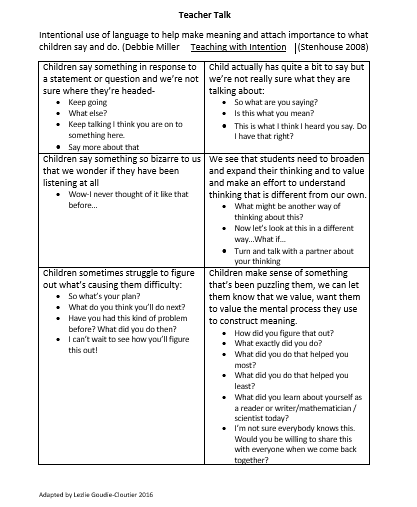

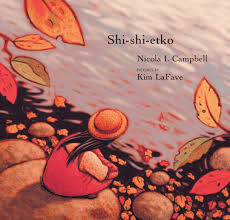

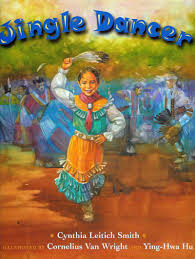
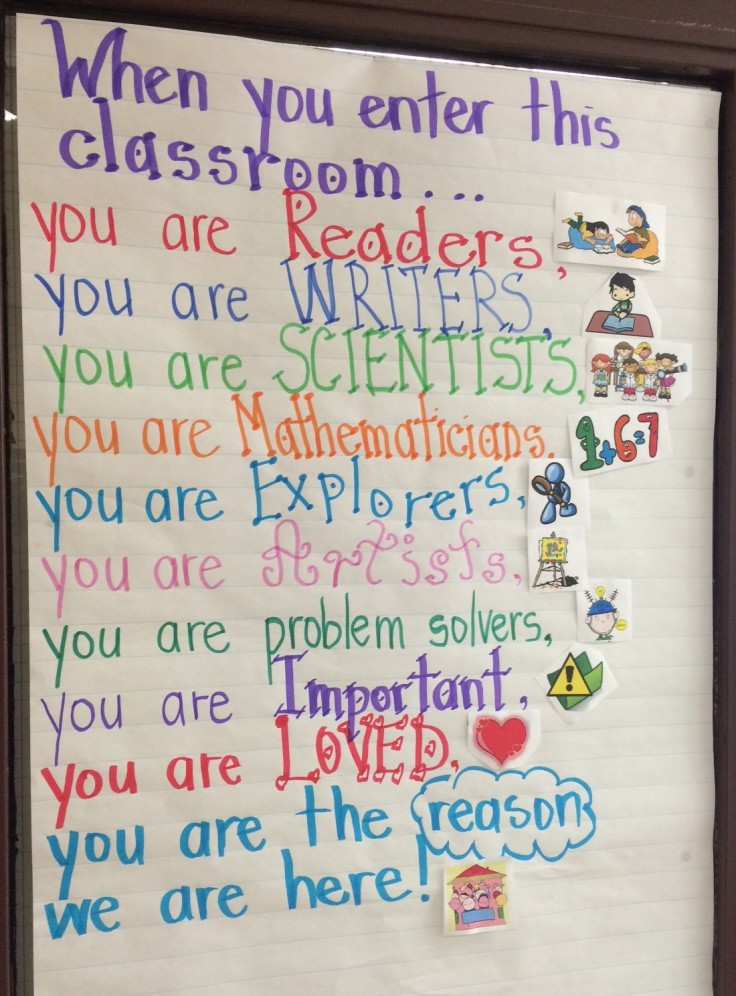 I think what hit me most about this poster as I entered a classroom, was the
I think what hit me most about this poster as I entered a classroom, was the 